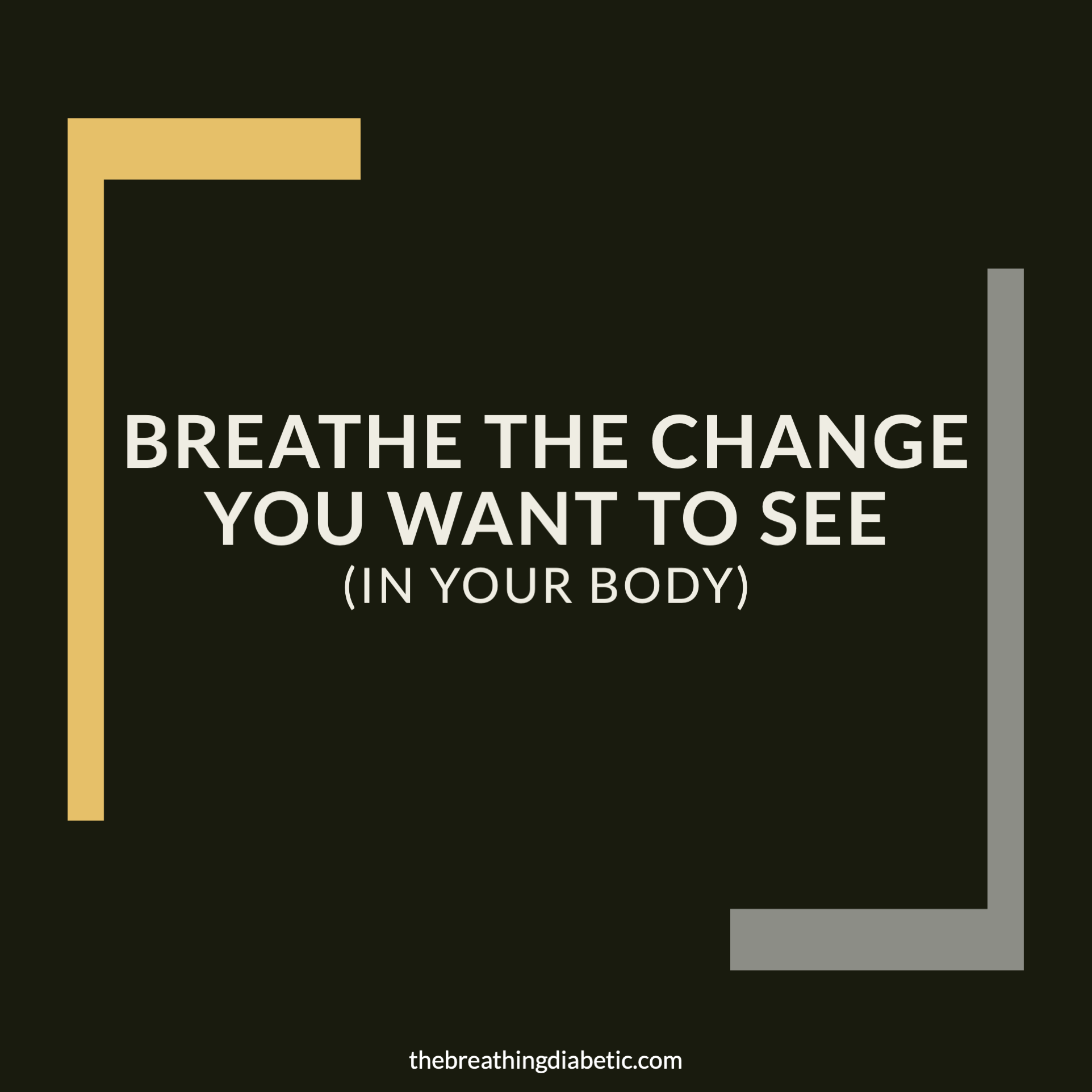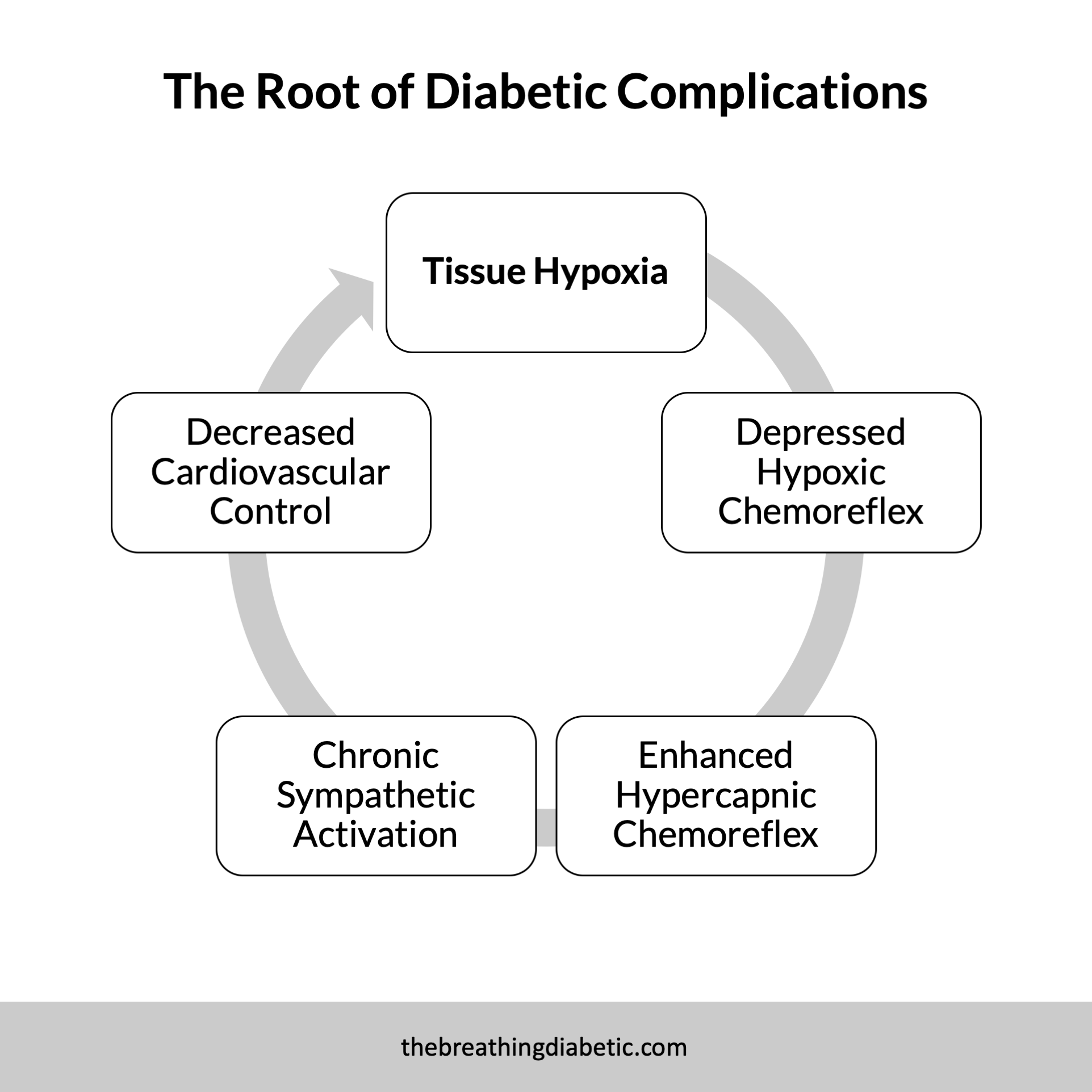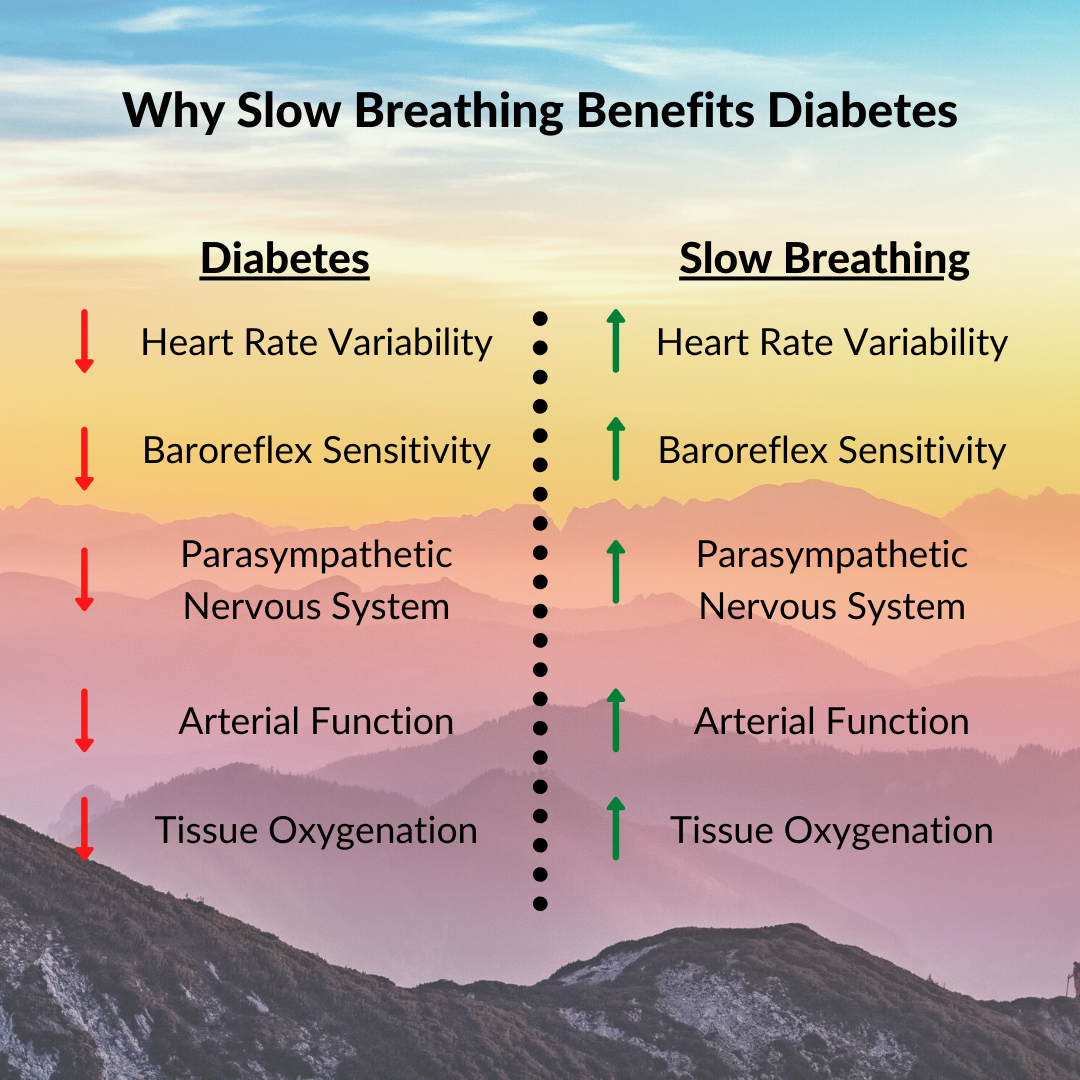Happy Monday and welcome to another edition of "The Breathing 4.1.1."
Below, I share 4 thoughts, 1 quote, and 1 answer (think "Jeopardy"). Enjoy!
4 THOUGHTS
1. Why Increasing Your CO2 Tolerance Just Makes Sense
i. Carbon dioxide is your primary stimulus to breathe. When you feel breathless or air hunger, that is due to high levels of CO2, not low levels of oxygen.
ii. Carbon dioxide helps you use oxygen more efficiently via the Bohr effect.
Therefore, being able to tolerate more CO2 just makes sense. You’ll delay the onset of breathlessness while simultaneously improving oxygen delivery.
2. Should You Be Doing Breathing Exercises All Day?
Not in my opinion. The goal of all of this "breathing stuff" is to reset your breathing to healthy levels so you don’t have to think about it all the time.
3. Can Your Breathing Make You Smarter?
Nasal breathing synchronizes brainwave oscillations in the piriform cortex, amygdala, and hippocampus. This coherence improves cognitive function when compared to mouth breathing.
Read More: Nasal Breathing Synchronizes Brainwave Activity and Improves Cognitive Function
4. If You or Your Child Suffers from This Condition…
If you’re reading this, the adverse health effects of mouth breathing probably seem obvious to you by now. But maybe not everyone else.
That’s why it is always great to see an article about it in a more mainstream publication like ScienceDaily. The final paragraph is both wonderful and comical (without trying to be):
"At this time, many health care professionals are not aware of the health problems associated with mouth breathing. If you or your child suffers from this condition, speak with a health care professional who is knowledgeable about mouth breathing."
Read The Full Article on ScienceDaily:
1 QUOTE
"We can’t learn how to breathe, but we can learn how to stop not breathing."
- Richard Rosen, The Yoga of Breath
1 ANSWER
Answer: The only human organs that can float in water.
…
(Cue the Jeopardy music.)
…
Question: What are the lungs?
In good breath,
Nick
P.S. Nostalgia.















